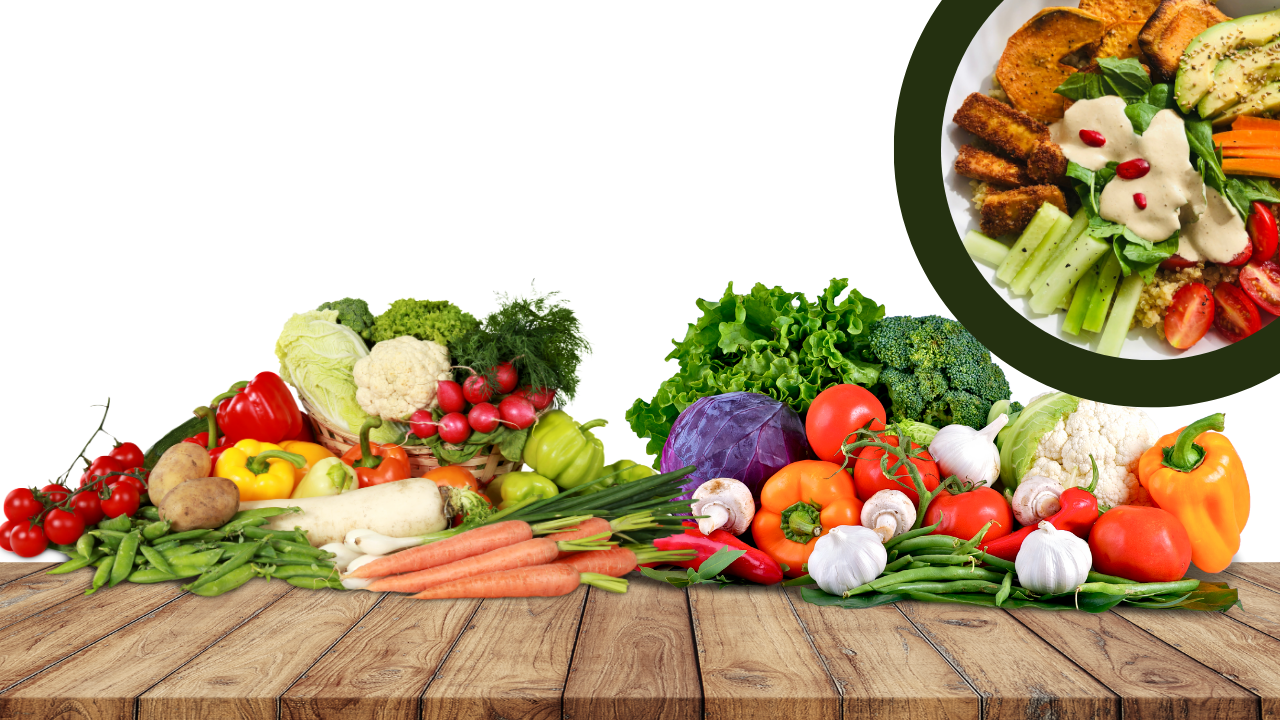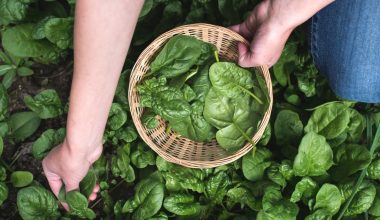The Dirty Truth About Pesticide-Contaminated Fruits and Vegetables
Fruits and vegetables are supposed to nourish your body, fuel your brain, and protect your long-term health. But what if the very foods you eat to stay healthy are secretly doing more harm than good?
Every year, the Environmental Working Group (EWG) releases the Dirty Dozen—a list of the most pesticide-contaminated fruits and vegetables. These seemingly healthy foods are the worst offenders when it comes to retaining toxic chemical residues, even after being washed.
Why the Dirty Dozen Are So Susceptible
Produce like strawberries, spinach, apples, grapes, and kale top the list for a reason. These fruits and vegetables have thin skins or leafy surfaces that absorb and hold onto pesticides more easily than thicker-skinned produce. And because they’re often eaten raw or with the skin on, these residues go directly into your body.
The 2024 Dirty Dozen list includes:
- Strawberries
- Spinach
- Kale, collard, and mustard greens
- Grapes
- Peaches
- Pears
- Nectarines
- Apples
- Bell and hot peppers
- Cherries
- Blueberries
- Green beans
The Hidden Cost of Pesticide Exposure
Consuming pesticide-contaminated produce regularly can have serious long-term consequences. Studies link pesticide exposure to:
- Hormonal imbalances
- Neurological issues
- Fertility problems
- Immune dysfunction
- Increased risk of cancers
- Developmental delays in children
These toxins accumulate in your body over time, silently undermining your health. What’s worse? They can negate the very benefits of eating fruits and vegetables in the first place—like boosting immunity, detoxification, and reducing inflammation.
Why Cleaning Your Produce Is Non-Negotiable
While rinsing under cold water is better than doing nothing, it’s not enough to remove many of the stubborn pesticides that cling to the surface—or hide in the crevices of leafy greens or berries.
The Most Effective Ways to Clean Pesticide-Contaminated Produce
- Baking Soda Soak
- Mix 1 tablespoon of baking soda in a large bowl of water.
- Soak fruits and vegetables for 12–15 minutes, then rinse well with clean water.
- Baking soda helps break down and remove pesticide residues from the surface.
- Salt Water Solution
- Mix 1 teaspoon of sea salt, Himalayan pink salt, or Celtic salt in water.
- Soak for 10–15 minutes, scrub if needed, and rinse.
- Salt disrupts the chemical bonds of pesticides, helping lift them off.
- Bonus Tip: Use a brush for firm produce like apples, cucumbers, and potatoes to physically remove more residue.
Better Yet—Go Organic When You Can
Buying organic, especially for the Dirty Dozen, significantly reduces your pesticide exposure. Organic produce is grown without synthetic pesticides, making it a safer choice for you and your family.
Conclusion: Protect Your Health With Every Bite
Eating fruits and vegetables is vital—but not at the cost of loading your body with harmful chemicals. By understanding the risks of pesticide-contaminated produce and taking steps to properly clean it, you can reclaim the full health benefits of your food and protect your long-term wellbeing.
Don’t let pesticides poison your plate. Clean smart, eat safe, and nourish your body the way nature intended.







